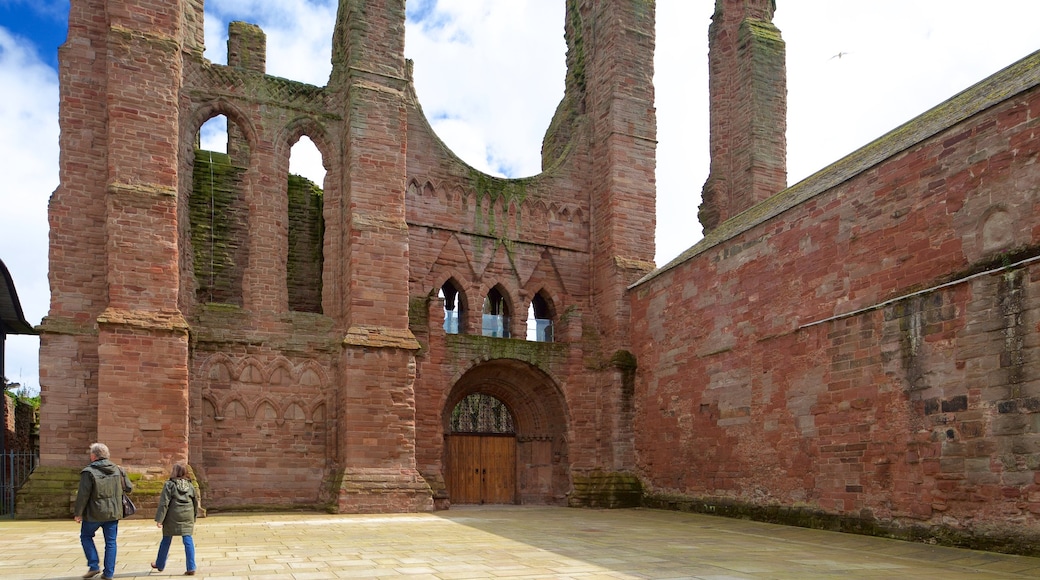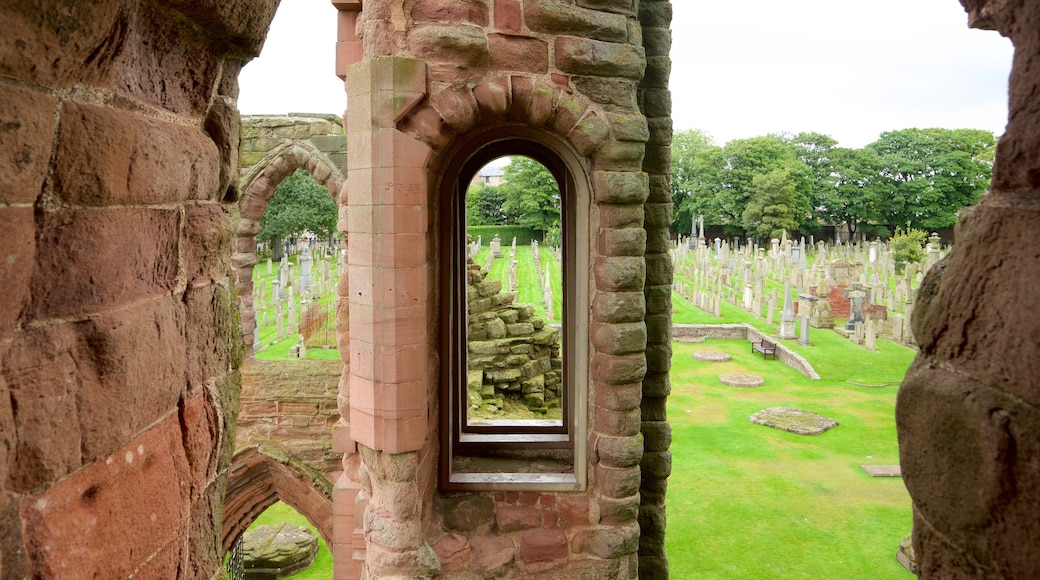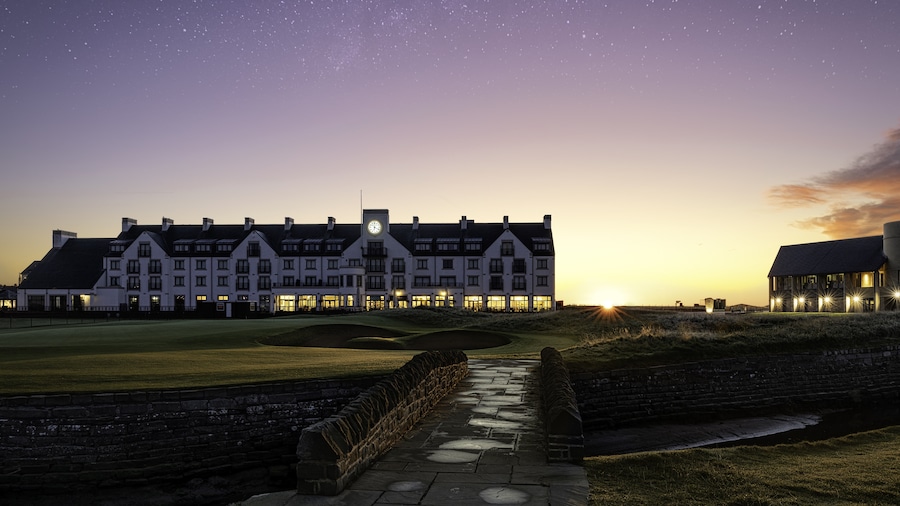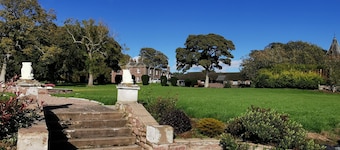Wander around the magnificent red sandstone ruins of a medieval monastery signifying Arbroath’s eminence in the historic Scottish kingdom.
Arbroath Abbey, with crumbling arcades and towering transept, has endured as an icon in the town since its foundation in 1178. See it on grassy grounds at the northern end of Arbroath’s charming High Street. Arbroath Abbey once functioned as a beacon for homecoming sailors and offers a fascinating glimpse of medieval Scottish history.
As you approach the abbey, notice the warm tones of the locally quarried red sandstone. This was once the wealthiest abbey in Scotland, but its connections to royalty run deeper than riches. It is thought that the momentous 1320 Declaration of Arbroath and its pronouncement of Scottish independence were drafted here.
Head to the Arbroath Abbey Visitor Centre, a subtly designed interpretive center where you can learn about the site’s heritage and discover a collection of informative exhibits. See fine examples of carved stonework as well as a scale model of the complex. Pick up an audio-visual device and embark on a walk-through tour of the abbey.
Check out the late Norman and early English architecture of the abbey and try to imagine what it would have looked like when the Tironensian monks walked the cloisters. Wander along the abbey’s paths to trace the remnants of the sacristy, transepts, presbytery and nave. Signposts offer information about each building. On the southern transept, note the circular window high on the wall. Mariners used the light shining through this window as a beacon when navigating this part of the North Sea. North of the crumbling towers of the nave, you’ll find a small cemetery.
Arbroath Abbey is located north of central Arbroath. It is a few minutes’ walk from Arbroath Train Station. The abbey is wheelchair accessible. Disabled parking is available at the complex’s parking lot. The abbey and visitor center are open daily, except for Christmas Day, Boxing Day, New Year’s Day and January 2. The admission fee includes access to the visitor center and audio-visual guides. Concession tickets are available.
For more Arbroath history, be sure to visit the harbor district and the Signal Tower Museum.

















